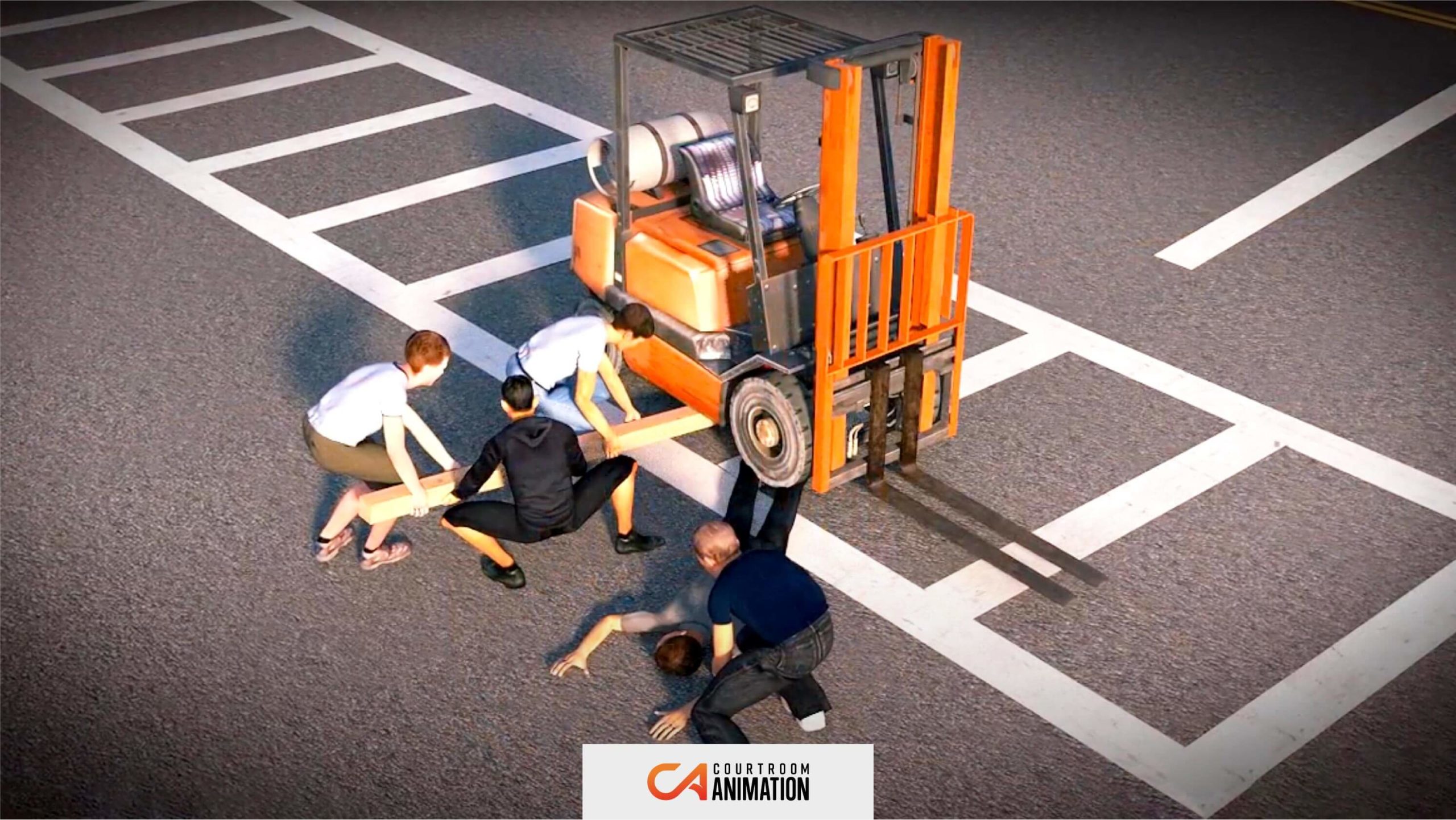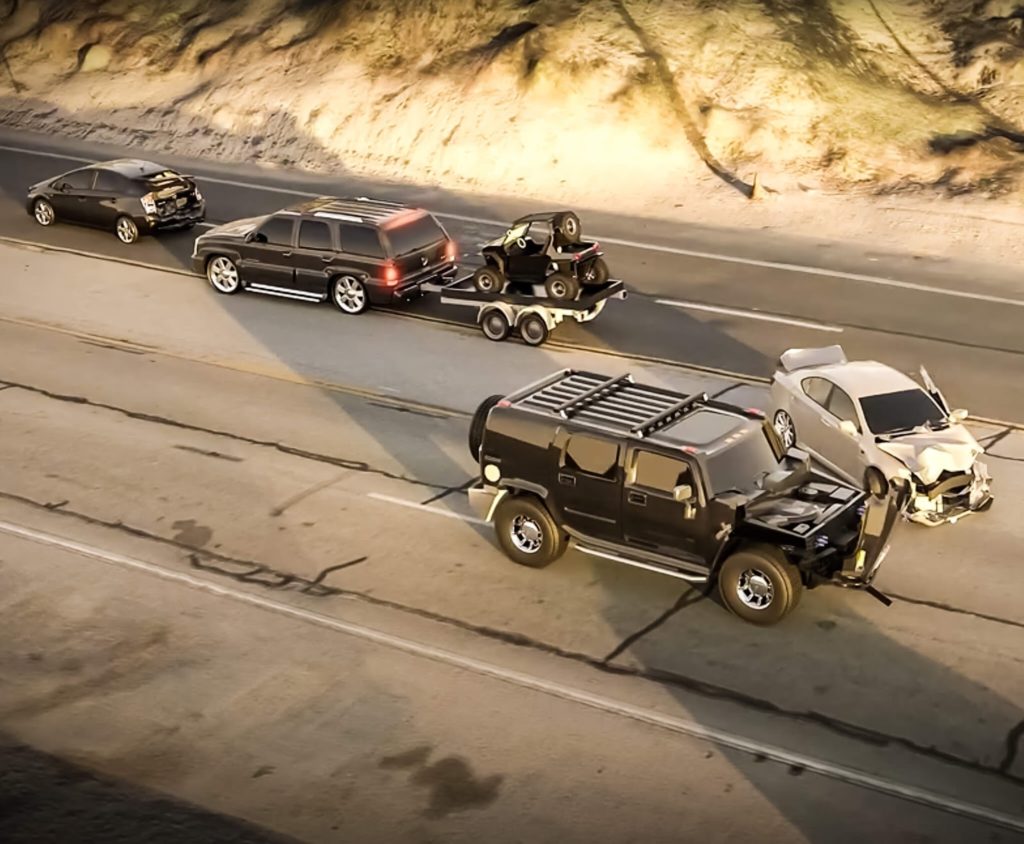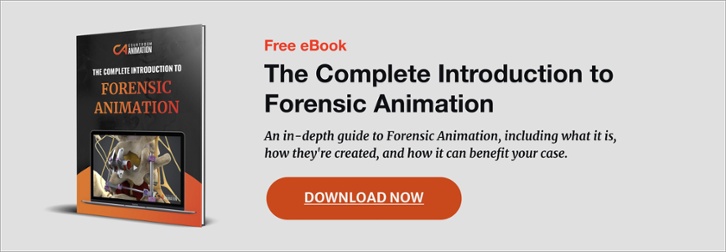
In litigation, it’s crucial that the facts of your case speak to your audience. Even if your case is rock solid, if your audience struggles to follow the argument, you’re in a disadvantaged position.
And that’s where demonstrative evidence is essential: it makes any case, no matter how complex, into a concise narrative. In fact, visual litigation aids used with oral presentations may increase understanding and retention levels by as much as 65 percent.
To present a memorable story about your case, it is imperative for your real and demonstrative evidence to work together. The relationship between real and demonstrative evidence is a powerful litigation tool. With the proper delivery and foundation, your demonstrative evidence illustrates what the real evidence says.
In this article, we’ll discuss the difference between the real and demonstrative evidence and how they work together. Ultimately, they make your facts memorable, and help them resonate when a trier of fact is tasked with determining liability.
What is Demonstrative Evidence?
Demonstrative evidence is usually an enhancing visual that helps illustrate an argument or complex facts. This is a broad definition, of course, but that range of application makes the use of trial exhibits almost limitless.
Since demonstrative evidence focuses on supporting only factual information, it generally has a high admissibility rate.
For example, a medical expert may use demonstrative aids during a trial, provided that they established that the exhibit was accurate. For example, if a medical doctor is using an anatomical model to explain an injury, it must be anatomically correct for legal admissibility.
Demonstrative evidence can take the form of almost any visual tool. The most commonly used pieces of demonstrative exhibits include:
- Charts, Graphs, or Timelines
- Product Models
- Enhanced Photos
- Video Analysis
- Accident Reconstruction Animations
- Legal Graphics
- Medical Animations
These visual tools support your case and your expert witness by walking your audience through the importance of your real evidence. The most important message for understanding the power of demonstrative evidence is that it is a visual understanding of what physical (or testimonial) evidence is providing. It helps your audience learn and remember what happened, who really owes damages, and who is liable for what.
A well-planned trial graphics presentation usually leverages demonstrative evidence. Demonstrative exhibits aligns with the old adage, “Tell me and I forget, teach me, and I remember, involve me, and I learn.”
What is “Real” Evidence in Litigation?
Real, or physical, evidence includes tangible objects. These concrete pieces of evidence are generally directly tied to what occurred. In litigation, real evidence can range from audio recordings, pieces of machinery, or even tools. It can be anything connected to the incident that your case revolves around – real evidence can even be something as small as a pair of shoes.
While real evidence is a tangible object, demonstrative evidence is also a physical item, so the two can have blurry lines. Real evidence can also be demonstrative evidence when we’re discussing objects, such as photographs. Other situations in which real evidence can also be demonstrative include:
- X-rays
- Videotapes
- Sound Recordings
- Photographs of Injuries
You can distinguish the method of use by how it portrays the facts and also how it’s laid in your case’s foundation. If a material is directly tied to a point, can it be authenticated? If it is unaltered, it’s real evidence. If the object enhances the understanding of what occurred or helps explain your case’s narrative, it’s demonstrative.
Visual Litigation: Civil Cases with Demonstrative Evidence
The similarities between real and demonstrative exhibits give them a natural relationship for fact-telling. For attorneys, this means using them as in a combined effort can have a significant impact on receiving a favorable outcome. Using both types of exhibits provides the full account of your case, especially when pieces of information exist separately but have substantial implications.
For example, in a vehicle accident civil case involving high speeds and a sandstorm, the defense counsel leveraged accident recreation animations.
Want to learn the price of one demonstrative exhibit? Download our litigation animation pricing guide!
Using factual data about the landscape of the accident and four different experts, the demonstrative evidence visualized the driver’s point of view. The effect was a realistic account of what happened, showing that the plaintiff was at least partially responsible.
Had this attorney wanted to leverage real evidence, they could have shown physical debris from the collision, or original photographs of the scene.

Sample Car Crash Animation Exhibit
All of the real evidence alone would have only stood to account for partial explanations. The forensic animation was able to encompass all of the factors like sand density, visibility, street signs, and lighting involved for a realistic recreation. In addition, it depicted how the crash would have been different had the plaintiff taken different actions.
Admissibility of Demonstrative Evidence
The significant components of evidence all have admissibility regulations, and demonstrative evidence is no different. Demonstrative exhibits must be relevant and without prejudice, which means it must give a fair and accurate representation.
Demonstrative evidence, such as evidence animation, helps support facts and enhance understanding. With an experienced animation studio, you’ll send over factual data that is transformed into an animation that has a 99% chance of being admissible.
When the stakes of a case are high, you want to ensure your argument is clear for a more favorable outcome. To ground this in a real case, the use of one accident recreation resulted in a $550K increased settlement offer. For this attorney, it was a 20x return on investment outcome!
The Real Difference Between Real and Demonstrative Evidence
All too often, the creation of demonstrative evidence becomes a last-minute decision. Don’t wait to craft your case’s narrative, or to help your audience understand what happened.
Demonstrative evidence enhances the story that real or testimonial evidence has to say in a way that places the judge or jury at the scene. Well-planned and effectively-used evidence animation can have profound outcomes for your case.
A simple graphic is utilized to enhance understanding without bias. When the jury or judge can understand your case, they can make an informed decision about who is liable.
Courtroom Animation has provided law animation services and realistic court exhibits in over 2,000 cases. Our knowledgeable team and their efforts have resulted in a 99% admissibility rate. If you’re interested in learning more about demonstrative evidence, check out this guide for attorneys on forensic animation.
